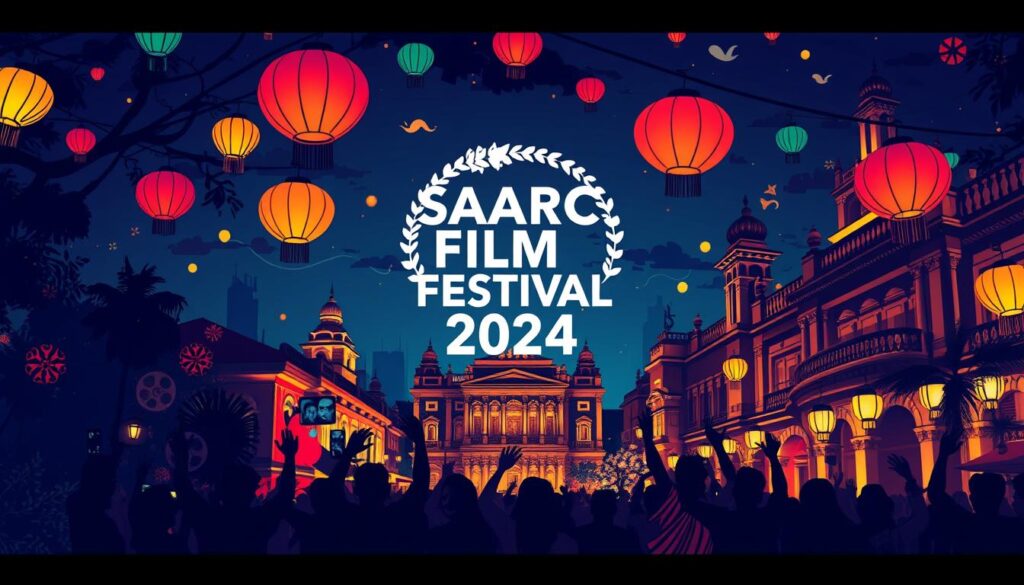Galle Face Green Becomes Cultural Hub During Peaceful Protests in 2022
In 2022, Galle Face Green transformed into Sri Lanka’s protest epicenter. This iconic Colombo oceanfront space hosted the People’s Aragalaya movement from April to July. The historic landmark became a stage for peaceful protests and civic activism.
On July 9th, 2022, record-breaking crowds gathered at Galle Face Green. People from across Sri Lanka united to call for political change. Protesters renamed the space “GotaGoGama” (GGG) during the demonstrations.

Galle Face Green has long symbolized Colombo’s vibrant culture and history. The British introduced horse racing there in 1829. In 1853, Governor Henry Ward completed the sea-front walk for Colombo’s residents.
The landmark has faced controversies over the years. In 1873-75, plans to build a railway through the green sparked public outcry. An alternate route was chosen, preserving Galle Face Green’s integrity.
Historic Significance of Galle Face Green
Galle Face Green is a key Colombo landmark with a rich history. It has changed from marshland to a beloved public space. This iconic area has played a big role in colonial and modern times.
In the 1800s, British rule made Galle Face Green a trendy spot. It became popular for Victorian sports and leisure. The green space hosted many historic events over time.
A key moment was the mass independence rally on February 4th, 1948. This marked a turning point in Sri Lanka’s path to self-rule.
Evolution of Galle Face Green Over Centuries
Late 1800s saw a big fight over Galle Face Green. Plans for a railway line through the area faced strong opposition. The public, council, and Governor of Ceylon all got involved.
In the end, they decided to keep the area for public use. This choice helped preserve the green space for everyone to enjoy.
Landmark Public Gatherings at Galle Face Green
Galle Face Green has been a key spot for big events and peaceful protests. Recently, it saw huge crowds during the People’s Aragalaya protest movement.
People from all walks of life came together here. They united to ask for big changes and fair treatment in the economy.
Galle Face Green Becomes Cultural Hub During Peaceful Protests in 2022
In 2022, Galle Face Green in Colombo became a vibrant cultural hub. Peaceful demonstrations, called the Aragalaya movement, took place here. People from various backgrounds gathered to voice concerns about economic hardships.
Protesters renamed Galle Face Green “GotaGoGama”. This name referred to their demand for President Gotabaya Rajapaksa’s resignation. The movement’s main hashtag was #GoGotaHome, which sparked variations like #GoGota and #PalaGota.
Unprecedented Crowds Gather at Galle Face Green on July 9th, 2022
On July 9th, 2022, record-breaking crowds gathered at Galle Face Green. This marked a significant moment in the Aragalaya movement. The protests blended various cultural elements, with technology playing a key role.
Protesters used social media and digital networks to coordinate efforts. They also expressed dissent in novel ways. For example, they projected laser messages on the Presidential Secretariat walls.
The demonstrations showcased over twenty facets of culture. These included art, music, and democratic expression. However, some instances of derogatory behavior towards political figures occurred.
The protests lasted from March 15th to November 14th, 2022. They resulted in casualties, arrests, and resignations of key officials. This included President Gotabaya Rajapaksa.
The movement significantly impacted Sri Lanka’s political and social landscape. It highlighted the power of peaceful demonstrations in creating change. It also emphasized the importance of addressing the nation’s economic challenges.
Conclusion
Galle Face Green transformed into a vibrant cultural hub during 2022’s peaceful protests. This iconic space has been a platform for democratic expression throughout history. The recent Aragalaya movement further cemented its importance in Sri Lankan heritage.
On July 9th, 2022, unprecedented crowds gathered at Galle Face Green. They renamed it “GotaGoGama,” showing people’s determination to demand change. This event highlighted the power of collective action and Sri Lankan resilience.
Galle Face Green remains a beacon of hope amid Sri Lanka’s challenges. It’s crucial for fostering democratic expression and cultural resilience. Citizens continue to use this space to advocate for their rights.
Preserving this iconic space is vital for future generations. It ensures they can freely assemble and voice their opinions. Galle Face Green represents Sri Lanka’s democratic aspirations and cultural identity.

 showcase local talent in Sinhala, Tamil, and English literature. The festivals provide a platform for established and emerging writers to share their works.
showcase local talent in Sinhala, Tamil, and English literature. The festivals provide a platform for established and emerging writers to share their works.
